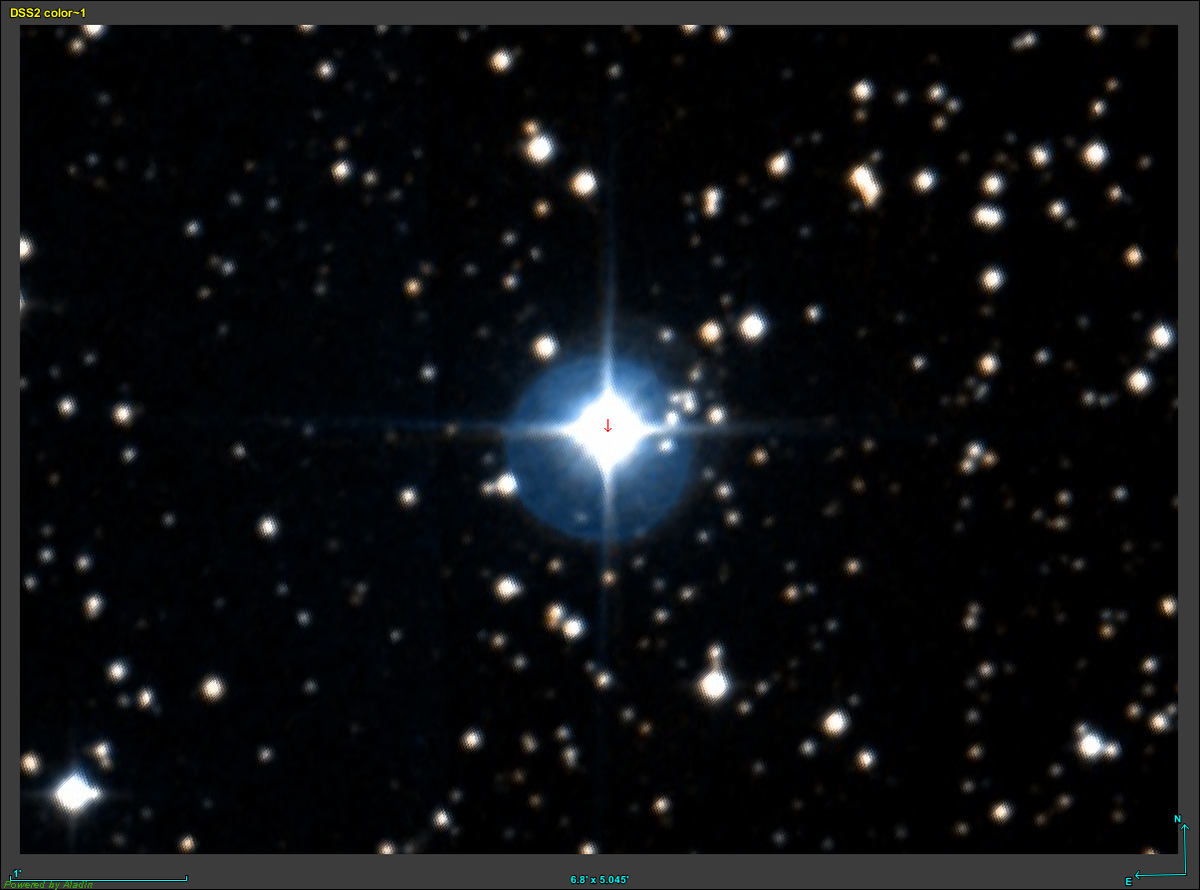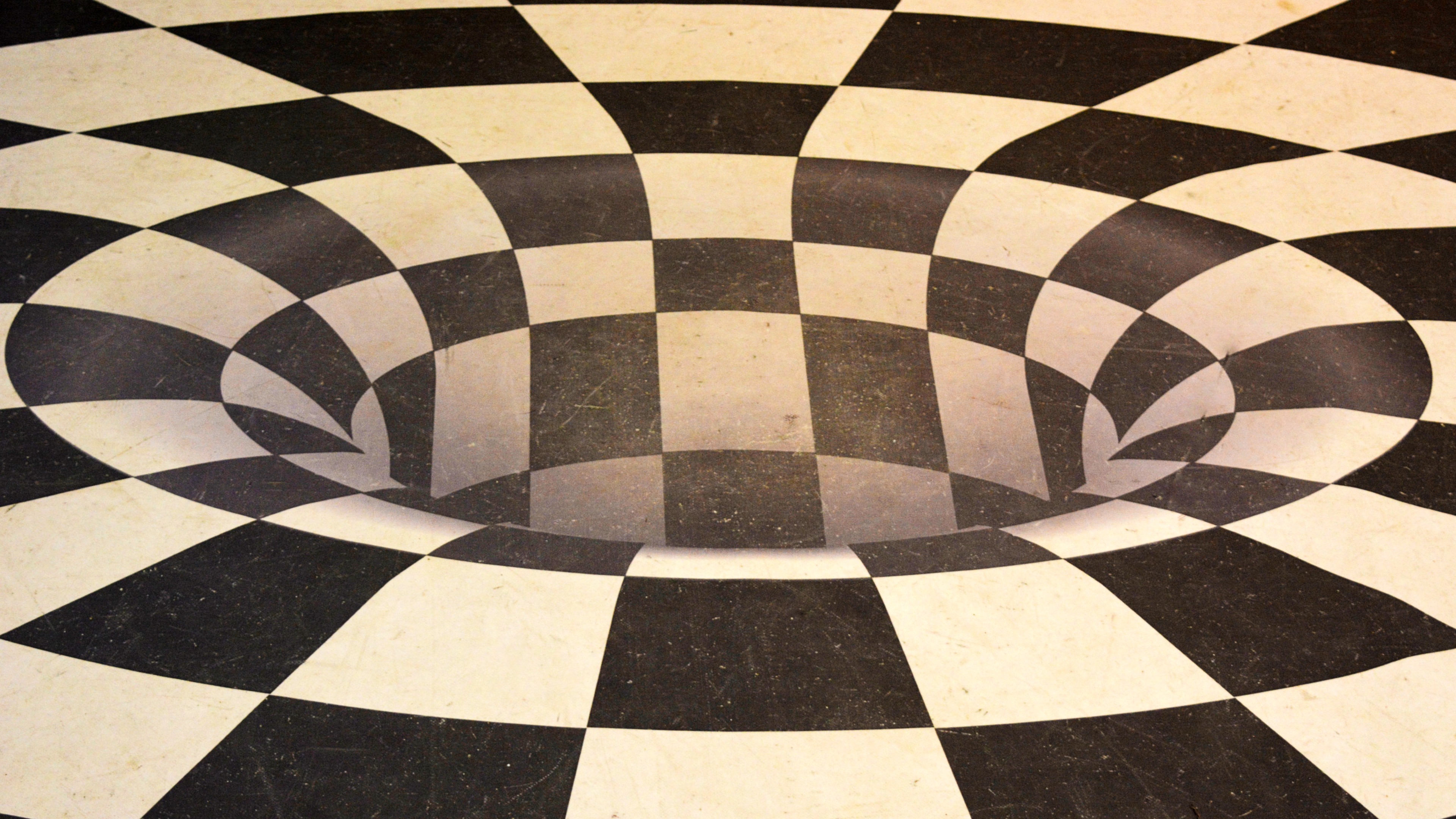India’s True Prosperity

India is still a magical place.
What we hear most often about the Motherland these days is her extraordinary leap into the modern world, her burgeoning prosperity, and her enormous contribution to the global economy. And while this is all true, I feel her greatest gift to the world still remains what she is most famous for: the gift of spirituality.
I just returned home after twelve days in that ancient and still mysterious land. In spite of the fact that in Western culture, India’s ochre-colored holy men are often seen as clichés and holdovers from a bygone era, I believe that in fact India’s spiritual heart is still alive and bursting at the seams with mystical potency.
Like so many Baby Boomers, I went to India for the first time almost thirty years ago as a seeker, and came back a finder. I also met my wife there. So my connections to the Motherland run deep. But in spite of those connections, I was beginning to wonder to myself if her spiritual currency was as rich as it once was. Yoga, once a lofty spiritual practice only for initiates, has become a mainstream commercial enterprise all over the western world. Newspapers and both men’s and women’s magazines have countless articles about the health benefits of yoga postures and breathing techniques. And meditation is becoming more and more popular as a potent remedy to the existential challenges of modern life. In popular media, it’s not uncommon to see attractive women in bikinis sitting in the lotus posture appearing to be experiencing a higher state of consciousness. And the funny thing is, in modern India herself, these very same glitzy, and often cheesy, new age images of the spiritual life are also abundant. It certainly wasn’t this way thirty years ago.
When what was once considered to be the realm of the sacred appears to be catering to the more superficial emotional and psychological needs of modern and postmodern culture, it’s easy to wonder if spirit’s true face has gone into hiding. A couple of years ago I had an interesting conversation with one of India’s most popular contemporary gurus, Sri Sri Ravi Shankar. In it, I was remarking on how in India today, ancient yoga teachings and techniques were being pursued more for relief from the stresses of modern life than they were for spiritual illumination. The charismatic teacher responded with his characteristic giggle, and then said something like, “Correct. That’s happening. I always say that we mend the broken hearts that come to us. When people are desperate with the break up of their relationships or when they’re hired or fired, they come rushing to us for comfort and blessings. They get some relief, but then they eventually move on to the higher planes.”
His point was that while many begin on the path with a less-than-profound interest in higher development, over time they will surely find their way to a deeper embrace of yoga’s hidden truths. While I’m not sure I agree that this is always true, I do have a renewed appreciation for the mysterious and infinite depth that seems to abide just beneath the surface of India’s ever-dusty-and-dilapidated appearances.
To illustrate this point, I want to describe an unexpected visitation from the unknown that occurred earlier this month in one of India’s most renowned spiritual meccas, Rishikesh. The “City of Sages” became famous in the west when The Beatles went there in 1968 to go on retreat with their Guru, the Maharishi Mahesh Yogi. It’s a hill town on the river Ganges densely populated with Ashrams, temples, guest houses, dirty rickshaws, loud motor scooters, monkeys, pilgrims, tourists, beggars, and Holy men and women in every shape and form you can imagine. I was there to give lectures at the International Yoga Festival.
One day, when I was walking in the bazaar, a Sadhu (Holy man) stopped me in the street and told me that he knew me. He’d seen me teach in his hometown of Bodhgaya (the site of the Buddha’s awakening) many years earlier. He said he wanted to connect to spend some time together. I told him I was giving a public teaching the next day and he was welcome to come. His response was, “I don’t do that anymore. I am interested in face-to-face, person-to-person contact.” I smiled, not knowing how to respond, and took his number saying I’d call if an opportunity opened up.

Two days later we met at a coffee shop between my appointments. As only happens in Mother India, within minutes we were deep in a conversation about the ultimate nature of reality. In eastern metaphysics, the ultimate nature of reality is called “nonduality” or “oneness.” This means that the highest experience is the realization that all of existence—seen and unseen, known and unknown, form and formless, time and timeless—is only one. One happening, one event, one unfolding, in which each and every one of us is at the very center.
My new friend then explained that he’d been writing poetry about his own experience of nonduality, at which point he burst into song. With quiet ecstasy he sang out loud phrases from his work describing the nature of God. As he did so, the atmosphere between us began to open up in the most profound way. My heart started to open, as did the doors of perception. I began to experience the palpable presence of the infinite surging between us. The neon lights and plastic décor of our external environment couldn’t inhibit the direct experience of the inner spiritual reality that was tangibly emerging between us.
Then we spoke about the mystery of the relationship between a Guru and his or her disciple. In India, it is believed that a realized spiritual master is the door to the infinite. It was just such a meeting with someone of that caliber that changed my own life forever 27 years ago. He then made a gesture with his hands, forming two interlocking loops between his thumbs and his forefingers and said, “The relationship with the teacher has to be like this . . . like ONE . . . no distance between whatsoever.”

The intensity of love that was being shared became truly overwhelming. Me and my old and new friend were meeting at the deepest level one can meet another human being, right there in the middle of a plastic coffee shop surrounded by tourists and drop-dead-bored waiters.
So it’s still true. Underneath modern India’s booming economy and ever-more-commercialized spirituality, the mystery of consciousness, of Brahman, still exists.
India is still a magical place.
Download a free chapter of Andrew Cohen’s book Evolutionary Enlightenment here.
Image: Vinoth Chandar – Flickr.com





